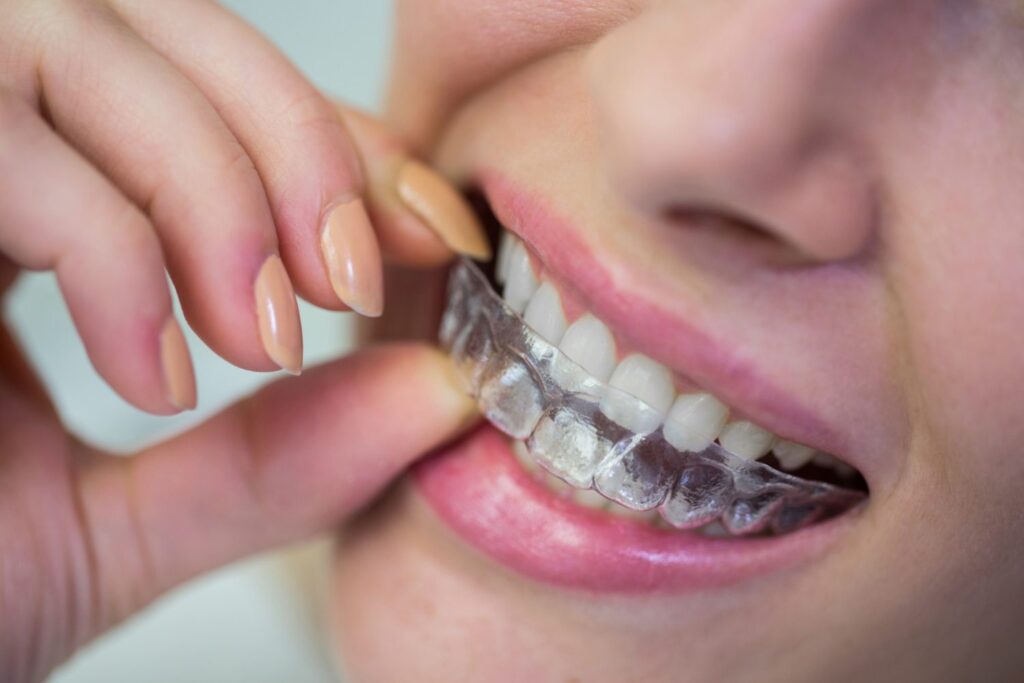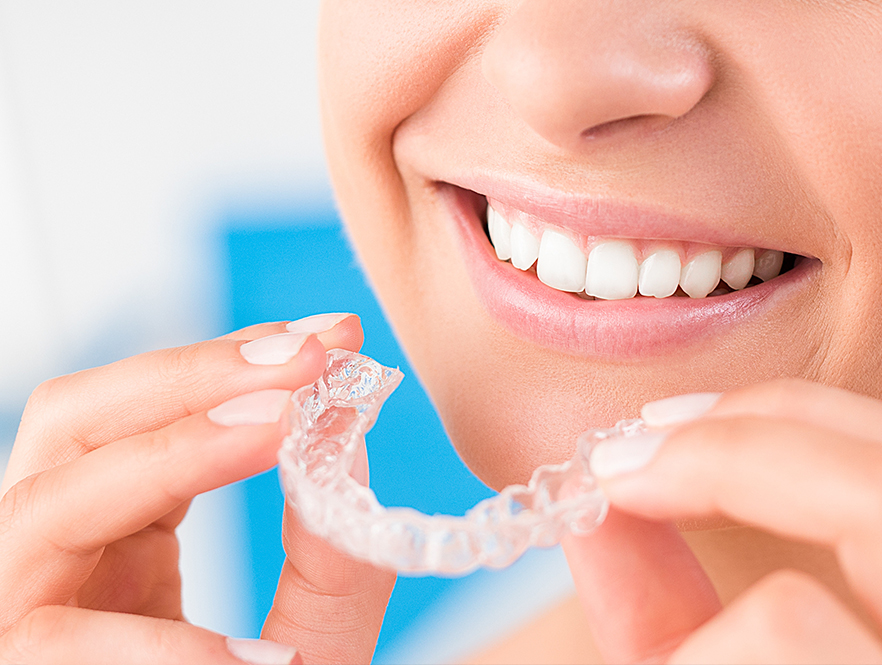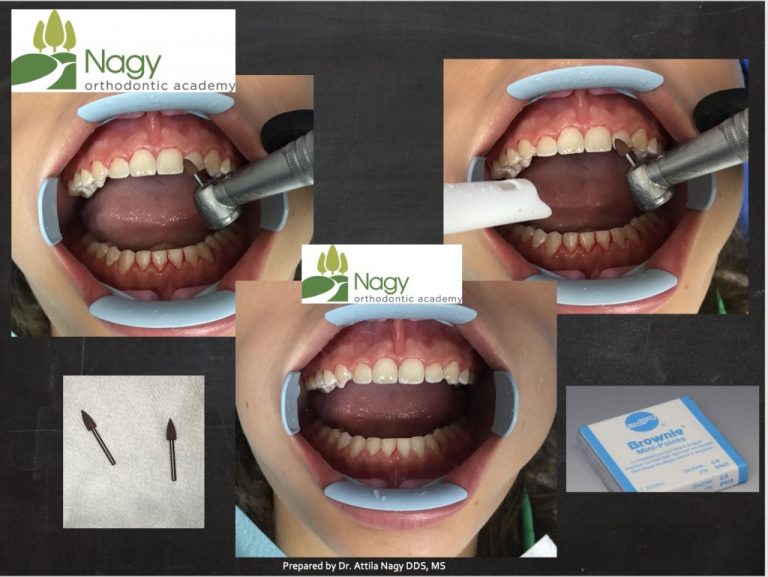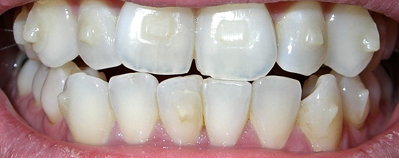Does Invisalign Hurt? Unveiling the Truth Behind the Smile
Last Updated on 4 months by DR. ALBIN SIPES
Invisalign may cause mild discomfort, especially during the first few days of wearing new aligners. This discomfort typically subsides quickly as your teeth adjust.
Invisalign is a popular orthodontic treatment that uses clear aligners to straighten teeth. Many people prefer it over traditional braces due to its discreet appearance and removable nature. While patients often wonder about discomfort, it’s important to note that any pain is usually manageable.
Most individuals experience pressure or soreness rather than sharp pain. This sensation indicates that the aligners are working to shift teeth into the desired position. Understanding this process helps alleviate concerns. Overall, Invisalign offers a comfortable and effective way to achieve a beautiful smile while minimizing lifestyle disruptions.
Introduction To Invisalign
Invisalign has become a popular choice for teeth straightening. Many people prefer it over traditional braces. Clear aligners are almost invisible, making them appealing. They offer comfort and convenience during treatment.
The rise of clear aligners has changed orthodontics. Patients enjoy the ability to remove them while eating. This feature allows for easier cleaning and better oral hygiene. The technology used in Invisalign is advanced and effective.
Invisalign’s popularity continues to grow. More adults and teens choose this method for straightening teeth. Many appreciate the flexibility and comfort that come with clear aligners.
Comparing Invisalign To Traditional Braces
Invisalign and traditional braces have key design differences. Invisalign uses clear aligners that are removable. Traditional braces use metal brackets and wires that are fixed. This makes Invisalign less visible and more comfortable for many.
Comfort factors vary greatly between the two. Invisalign generally causes less discomfort than braces. Clear aligners do not have sharp edges. This reduces the chance of mouth irritation. Traditional braces can cause pain after adjustments. Some people find them uncomfortable during the treatment.
Initial Discomfort With Invisalign
Wearing Invisalign for the first time can cause some discomfort. This is normal and usually fades quickly. Many people feel pressure on their teeth. This sensation is a sign that the aligners are working.
The adjustment period varies for everyone. Some may experience soreness for a few days. Others adapt within hours. It helps to switch to the next set of aligners at night. This allows your teeth to adjust while you sleep.
Using over-the-counter pain relief can ease discomfort. Cold compresses may also help. Keeping your aligners clean is essential for comfort and hygiene.

Credit: www.briteorthodontics.com
Pressure Points And Invisalign Pain
Invisalign can cause pressure on teeth during treatment. This pressure helps align teeth properly. Many users feel discomfort, especially after changing aligners. Understanding this pressure is crucial for a better experience.
Pain management strategies can make the process easier. Using cold packs can help reduce swelling. Over-the-counter pain relievers can also ease discomfort. Chewing on soft foods may provide comfort as well.
Staying hydrated is important. Drink plenty of water throughout the day. Regular dental check-ups can help monitor progress and address concerns.
Duration Of Discomfort During Treatment
The duration of discomfort during Invisalign treatment varies for each person. Most users experience mild pain for the first few days after receiving new aligners. This discomfort typically lasts 1 to 3 days. As teeth shift, some users report feeling pressure. This feeling is normal and indicates that the aligners are working.
For many, the pain decreases over time. Some users find that after a few adjustments, the discomfort becomes less intense. Others may have a different experience and feel pain longer. Pain variability among users is common due to individual pain thresholds and alignment complexity.
Oral Health And Invisalign
Maintaining oral hygiene is essential while using Invisalign. Always brush your teeth after meals. This prevents food particles from getting trapped. Floss daily to remove plaque and keep gums healthy. Use a gentle mouthwash to kill bacteria.
Impact on gums and teeth can vary. Some people feel mild discomfort at first. This is normal and usually fades quickly. Regular checks with your dentist help monitor any issues. Keeping your aligners clean also protects your teeth and gums.
Pain Relief Options For Invisalign Users
Invisalign can cause some discomfort. Using over-the-counter remedies may help ease the pain. Common options include ibuprofen and acetaminophen. Always follow the dosage instructions on the label.
Using a cold compress can also reduce swelling. Place it on the cheeks for about 15 minutes. This may help numb the area and provide relief.
Home care tips are important for comfort. Rinse your mouth with warm salt water to soothe irritation. Avoid hard or crunchy foods that can worsen discomfort. Drinking cold water or eating soft foods can also help.
Lastly, keep your aligners clean. This helps prevent irritation from bacteria and ensures a smoother experience.

Credit: www.drlancecollier.com
Personal Stories: Invisalign Experiences
Many people share their success stories with Invisalign. They often feel excited about their new smiles. Most users report little to no pain. Some say the first few days are the hardest. Adjusting to new aligners can cause mild discomfort.
Challenges often arise during treatment. Some people feel pressure on their teeth. Others struggle with keeping the aligners clean. Eating and drinking can be tricky too. Many find it hard to remember to wear them for 22 hours a day.
| Success Stories | Challenges Faced |
|---|---|
| Exciting new smiles | Mild discomfort during adjustments |
| Little to no pain | Pressure on teeth |
| Improved confidence | Difficulty keeping aligners clean |
| Quick treatment time | Remembering to wear aligners |
Professional Insights On Invisalign
Many dentists agree that Invisalign may cause some mild discomfort. This discomfort usually occurs during the first few days of wearing a new aligner. Patients often describe the sensation as pressure rather than pain.
Most find that the discomfort lessens over time. Switching to a new aligner can bring back some pressure, but it is temporary. Dentists recommend taking over-the-counter pain relief if needed.
Regular check-ups with your dentist can help monitor progress and comfort levels. Dentists emphasize the importance of wearing aligners for at least 22 hours a day. This ensures the best results with minimal discomfort.

Credit: profileorthodontics.com.au
Making The Decision: Is Invisalign Right For You?
Choosing Invisalign can be a big decision. Evaluating your personal needs is essential. Think about your goals for treatment. Do you want to fix gaps or straightening teeth? Consider your lifestyle and how it might affect your choice.
Consulting with a specialist is important. They can provide expert advice based on your situation. A specialist will assess your teeth and discuss your options. They can also explain the process of using Invisalign. Understanding the benefits and potential discomfort is key.
Gather information to make an informed choice. Ask questions about the treatment duration and expected results. This will help you feel confident in your decision.
Conclusion
Invisalign may cause mild discomfort during the adjustment period. This discomfort is temporary and usually subsides quickly. Many find the benefits of a straighter smile far outweigh any initial pain. If you have concerns, consult your orthodontist for personalized advice.
Your journey to a confident smile can be a comfortable one.


